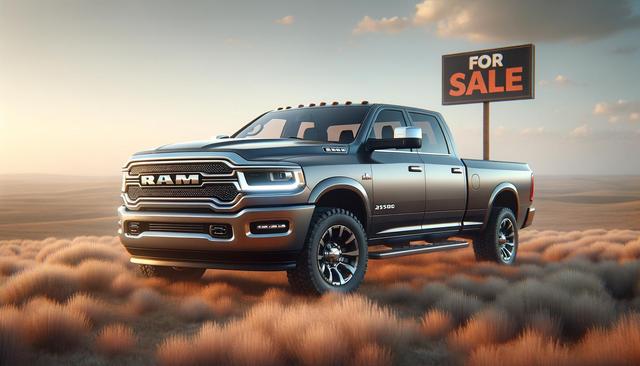Compact Design for City Living
One of the main appeals of small electric cars is their compact design, which makes them ideal for navigating crowded city streets and tight parking spaces. Unlike larger vehicles, these cars are easier to maneuver and require less space, allowing drivers to park in spots that would otherwise be inaccessible. This convenience is especially valuable in urban environments where parking can be a daily challenge. Additionally, the smaller size contributes to lower manufacturing costs and improved energy efficiency, which can result in more affordable pricing for consumers.
Small electric cars also typically weigh less than their larger counterparts. This reduced weight allows for better energy consumption since the motor doesn’t have to work as hard to move the vehicle. As a result, many of these cars offer impressive range capabilities relative to their size, making them suitable for daily commutes and short trips around town.
Environmental Benefits
Electric vehicles (EVs) are known for producing zero tailpipe emissions, and small electric cars are no exception. By switching to these vehicles, drivers can significantly reduce their carbon footprint and contribute to improved air quality in urban areas. This makes them a popular choice among environmentally conscious consumers looking to adopt more sustainable transportation habits.
In addition to reducing emissions, small electric cars often use fewer materials during production. This not only helps conserve natural resources but also minimizes the overall environmental impact of manufacturing. Some models are even built with eco-friendly components, such as recycled materials and sustainable textiles.
- Zero tailpipe emissions help lower urban air pollution
- Efficient energy use due to lighter weight and compact size
- Reduced resource consumption during manufacturing
Cost Efficiency and Incentives
Another advantage of small electric cars is their cost efficiency. These vehicles are generally more affordable than larger EVs and require less energy to operate. Charging costs are significantly lower than fueling a traditional gasoline vehicle, and maintenance expenses are often reduced due to fewer moving parts in electric motors.
Governments in many regions offer incentives to encourage the adoption of electric vehicles. These may include tax credits, rebates, reduced registration fees, and access to carpool lanes. Such incentives can make small electric cars even more appealing to budget-conscious drivers looking to save money in the long run.
- Lower upfront costs compared to larger EVs
- Reduced maintenance and fuel expenses
- Eligibility for government incentives and rebates
Technology and Convenience Features
Modern small electric cars are equipped with a range of technology features that enhance the driving experience. From touchscreen infotainment systems to advanced safety features like lane-keeping assist and automatic emergency braking, these vehicles often offer a high level of functionality despite their size. Many also support smartphone integration, enabling drivers to connect their devices for navigation, music, and hands-free communication.
In terms of convenience, some models come with fast-charging capabilities, allowing drivers to recharge their batteries quickly at compatible stations. Others offer remote access features via mobile apps, which can be used to monitor battery status, pre-condition the interior temperature, or even locate the car in a crowded parking lot.
- Touchscreen displays and smartphone connectivity
- Advanced driver assistance systems (ADAS)
- Remote access and fast-charging options
Challenges and Considerations
While small electric cars present numerous advantages, there are also challenges to consider. Limited interior and cargo space can be a drawback for some users, especially families or those who frequently carry large items. Additionally, although range has improved in recent years, these cars may not be suitable for long-distance travel without careful planning and access to charging infrastructure.
Charging availability and speed can also vary by region. While urban areas often have better support for EVs, rural locations may lack the necessary infrastructure. Prospective buyers should evaluate their daily driving needs and local charging options before committing to a small electric car.
- Smaller storage and passenger capacity
- Range limitations for longer trips
- Dependence on regional charging infrastructure
Conclusion: A Smart Choice for Urban Drivers
Small electric cars offer a compelling mix of practicality, efficiency, and environmental responsibility, especially for those living in cities. Their compact size, lower operating costs, and modern features make them an attractive option for daily commuting and short trips. While they may not be ideal for every situation, they provide a well-rounded solution for drivers seeking to reduce their environmental impact and enjoy the benefits of electric mobility. As urban areas continue to prioritize sustainability and clean transportation, small electric cars are likely to play an increasingly important role in shaping the future of mobility.


